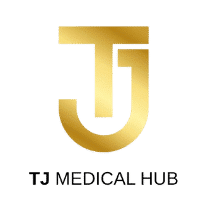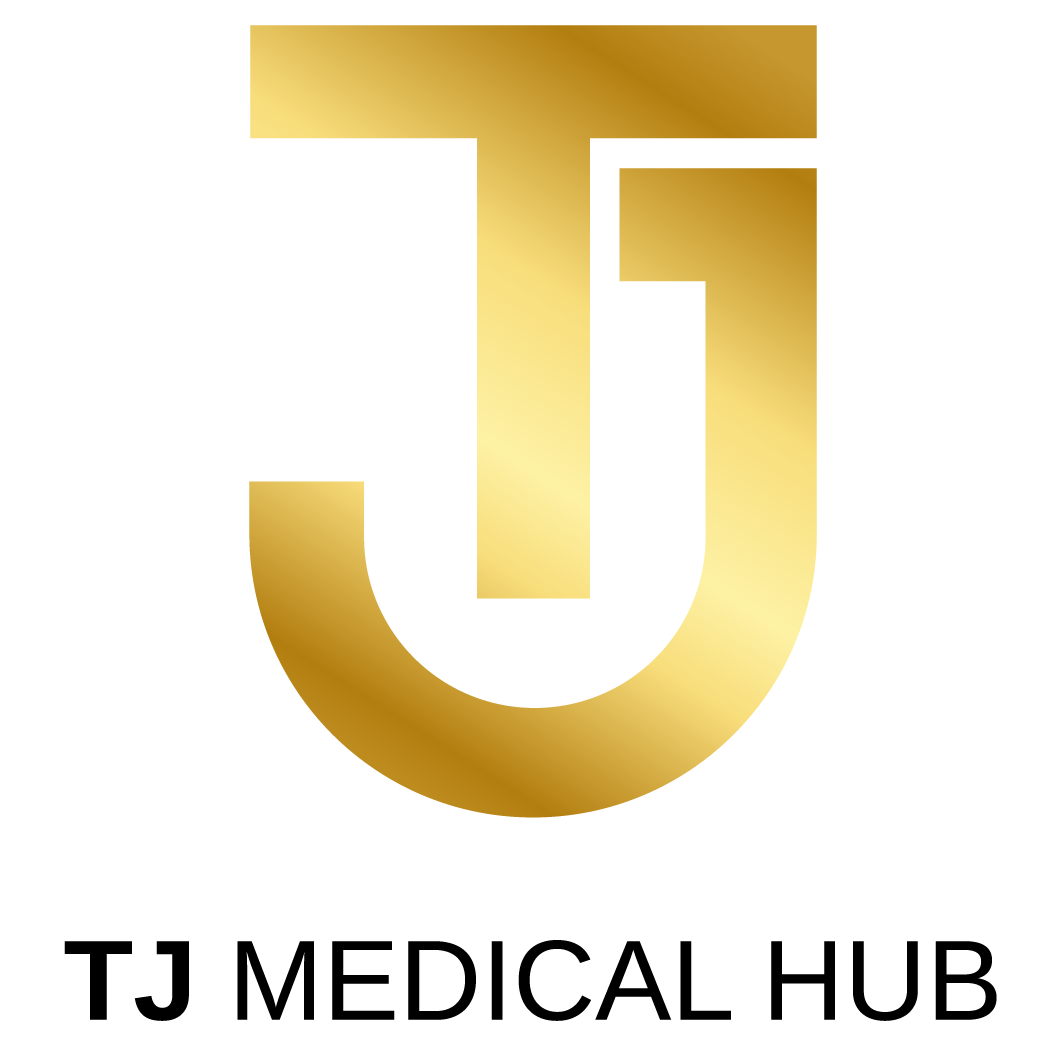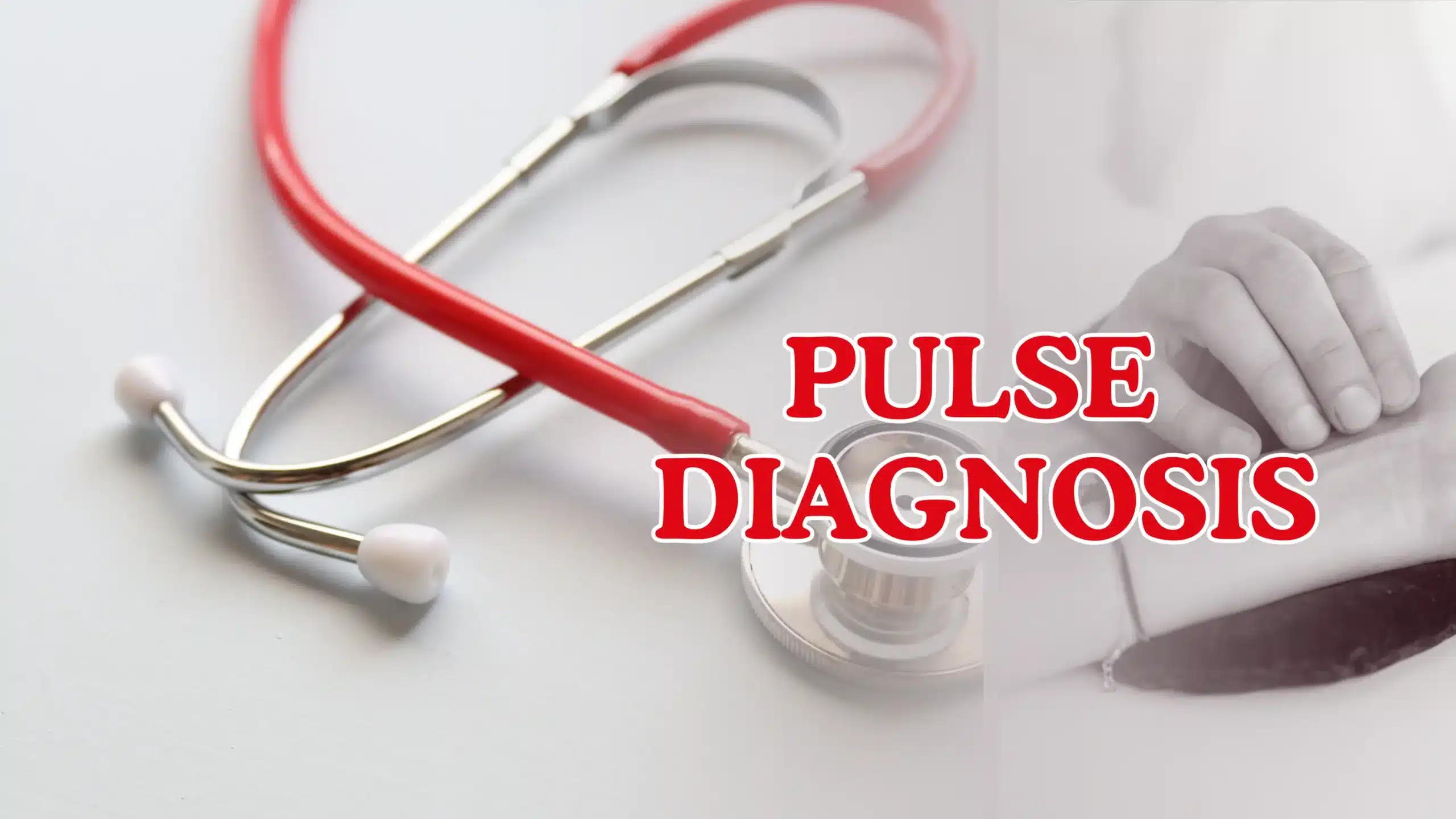Pulse diagnosis stands as a fundamental pillar in the diagnostic arsenal of traditional Chinese medicine (TCM). This ancient diagnostic method, although regarded as intricate and subjective by Western standards, has played a crucial role in healthcare practices for centuries in both China and Japan. In conjunction with various other diagnostic techniques such as visual observation, listening, smelling, and patient questioning, pulse diagnosis provides TCM practitioners with valuable insights into a patient’s overall health and specific health concerns.
What is PULSE DIAGNOSIS?

Pulse diagnosis, often referred to as pulse reading or pulse examination, is a traditional diagnostic method used in various forms of alternative and complementary medicine, including Traditional Chinese Medicine (TCM) and Ayurveda.
In TCM, for example, practitioners assess the quality and characteristics of a patient’s pulse at various pulse points on the body (typically the wrists) to gain insights into the individual’s health and well-being. These insights may relate to imbalances in the body’s vital energy (Qi), blood, and overall organ function. The pulse is believed to reveal information about the patient’s physical and emotional state, as well as the presence of any underlying health issues.
In Ayurveda, a similar practice involves pulse diagnosis, where practitioners assess the pulse in specific ways to determine an individual’s Ayurvedic constitution (Dosha) and identify imbalances that may require treatment.
Understanding Pulse Diagnosis:
- In TCM, the pulse is examined by placing fingers at various pulse points, typically on the wrists. By assessing the qualities of the pulse, including its rate, rhythm, depth, and strength, practitioners gain profound insights into the patient’s body.
- TCM practitioners interpret the pulse’s characteristics to identify imbalances in vital energy (Qi), blood circulation, and organ function. This aids in diagnosing various health issues and creating effective treatment plans.
- Pulse diagnosis complements other diagnostic methods, creating a comprehensive understanding of the patient’s condition and allowing for a tailored approach to healthcare.
Why Do Practitioners Take Your Pulse?

Pulse diagnosis, a cornerstone of traditional Chinese medicine (TCM), serves a vital role in assessing various bodily functions, with a primary focus on the condition of a patient’s blood and Qi.
Understanding Qi: In TCM, Qi is described as an invisible life force that flows through the body’s acupuncture meridians. Practitioners use pulse diagnosis to detect irregular Qi movements within specific body areas and to gauge the overall health of various organs.
Pulse Examination: Throughout medical history, pulse diagnosis utilized nine distinct pulse locations, including three on the head, three on the hand, and three on the legs. Some practitioners continue to employ these multiple locations alongside other pressure points.
In contemporary practice, most medical professionals employ a simplified version, primarily using the radial artery just above the wrist. They assess the pulse at three different finger positions (cun, guan, and chi) and at three different depths (superficial, intermediate, and deep). Both wrists are alternately examined, and the resulting data is carefully analyzed to classify the patient’s pulse.
Pulse diagnosis, an integral component of traditional Chinese medicine (TCM) and other holistic healthcare systems, is a diagnostic method that involves assessing the pulse at various points on the body, typically at the wrists. Here are some key points of knowledge about pulse diagnosis:
Ancient Tradition: Pulse diagnosis has a long history and is deeply rooted in ancient medical practices. It has been in use for over two millennia in traditional Chinese medicine and has also been adopted by other traditional healing systems, including Ayurveda.
Holistic Approach: In TCM, the pulse is believed to reflect the overall health and balance of the body. Practitioners analyze not only the pulse rate but also its rhythm, quality, and characteristics, such as depth and strength.
Multiple Pulse Positions: TCM practitioners assess the pulse at multiple positions on the wrists, each corresponding to different organ systems and meridians in the body. By analyzing the qualities of these pulses, practitioners can identify imbalances and health issues in specific areas.
Individualized Diagnosis: Pulse diagnosis is highly individualized. It takes into account the unique constitution and health condition of each patient. Different pulses may indicate different patterns of imbalance, helping practitioners tailor treatment plans to the specific needs of the individual.
Complementary to Other Diagnostics: Pulse diagnosis is often used in conjunction with other diagnostic methods, such as visual observation, listening, smelling, and patient questioning. Together, these methods provide a more comprehensive understanding of a patient’s health.
Skilled Practice: Pulse diagnosis is considered an intricate and nuanced skill that requires extensive training and experience to master. Experienced practitioners can detect subtle variations in the pulse that may not be evident to the untrained.
Treatment Guidance: The insights gained from pulse diagnosis guide TCM practitioners in developing treatment strategies, which may include acupuncture, herbal remedies, dietary recommendations, and lifestyle modifications to restore balance and promote well-being.
Pulse diagnosis continues to be a valuable tool in holistic healthcare, offering a unique perspective on the body’s health and vitality, and contributing to the personalized and comprehensive care provided by practitioners of traditional healing systems.
What Are the Different Pulse Positions and Their Significance?
In traditional Chinese medicine (TCM) and other holistic healing systems, there are various pulse positions that correspond to different organ systems and meridians in the body. These pulse positions allow practitioners to assess the health and balance of specific areas. Here are some of the main pulse positions and what they typically represent:
- Cun Position: Located near the index finger, this position corresponds to the heart. A pulse in this position can provide insights into heart health and emotional well-being.
- Guan Position: Positioned between the index and middle fingers, this pulse relates to the liver. It can reveal information about liver function, detoxification, and emotional balance.
- Chi Position: Found between the middle and ring fingers, the Chi pulse corresponds to the spleen. It can provide information about digestion, nutrient absorption, and overall energy levels.
- Quze Position: This pulse is located near the ring finger and relates to the lungs. It offers insights into respiratory health and emotional well-being.
- Ximen Position: Positioned near the outer edge of the palm, this pulse corresponds to the kidneys. It provides information about kidney function, which is vital for overall vitality and aging gracefully.
- Shaoyin Position: Located on the little finger side, this pulse corresponds to the pericardium and triple heater (an energy system in TCM). It can provide insights into the balance of these systems and emotional health.
- Taichong Position: Positioned on the big toe side, this pulse relates to the gallbladder. It offers information about decision-making, courage, and digestion.
- Daling Position: Found on the wrist’s outer edge, the Daling pulse corresponds to the urinary bladder. It provides insights into the elimination of waste and emotional resilience.
- Other Positions: In addition to these main positions, there are numerous other pulse positions used by experienced TCM practitioners, each corresponding to a different aspect of the body’s health and balance.
The qualities of these pulses, including their rate, rhythm, depth, and strength, are assessed to identify imbalances and health issues. It’s important to note that pulse diagnosis is a complex and nuanced skill, and the interpretation of pulses may vary based on the practitioner’s training and experience.
Precautions and Guidelines
Performing pulse diagnosis necessitates specific precautions to ensure the accuracy of the data:
- Ideal Conditions: Pulse diagnosis should be conducted when the patient is in a normal state. For optimal accuracy, avoid performing pulse diagnosis immediately after eating, drinking, exercising, engaging in sexual activity, or in locations with extreme temperature conditions.
- Relaxed Environment: Both the medical practitioner and the patient should be in a relaxed state and maintain normal breathing before the pulse assessment.
- Complementary Diagnosis: While pulse diagnosis is valuable, it is most effective when used alongside other diagnostic methods. This is particularly important when dealing with patients facing chronic or severe health conditions or when the root cause of the disorder is unclear. A comprehensive approach, incorporating multiple diagnostic techniques, can provide a more precise diagnosis.
Medical Tourism Costs in Thailand for Pulse Diagnosis
Pulse diagnosis, an integral component of traditional and holistic healthcare, is a diagnostic method used in various medical practices, including traditional Chinese medicine and Ayurveda. In Thailand, renowned for its top-tier medical facilities and skilled practitioners, the cost of pulse diagnosis is relatively affordable, making it an attractive option for medical tourists seeking personalized, holistic healthcare. The exact cost may vary depending on the healthcare provider and the specific diagnostic methods used. When planning your medical journey to Thailand, consider the value of pulse diagnosis as part of a comprehensive approach to health and well-being.
Nevertheless
Medical tourism in Thailand includes pulse diagnosis as an integral part of holistic healthcare services. With renowned medical facilities and skilled practitioners, Thailand offers accessible options for pulse diagnosis, a key diagnostic method in traditional and alternative medicine. The cost may vary depending on the specific healthcare provider and diagnostic methods used, making it a valuable and affordable component of medical tourism for those seeking a comprehensive approach to health and well-being in Thailand.
TJ Medical Hub, a trusted medical tourism agency, recognizes the significance of traditional diagnostic techniques like pulse diagnosis in the world of medical care. With a network of reputable healthcare providers, they facilitate seamless access to healthcare services in countries like Thailand, where traditional and alternative medicine practices are highly respected. If you seek the holistic approach of TCM or other specialized medical services, TJ Medical Hub can guide you through your medical journey with convenience and expertise.


